Yoga or Pilates? Here’s How to *Actually* Decide Which One Is Right for You
For years, I’ve had people walk into my studio and ask the exact same thing: “Should I be doing yoga or Pilates?” And honestly, it’s a fantastic question. At first glance, they seem pretty similar, right? Both involve a mat, focus on bodyweight moves, and promise to make you stronger and more flexible. But that’s where the similarities end.
In this article
Underneath the surface, they’re two completely different approaches with unique philosophies and goals. Think of it like a toolbox: you wouldn’t ask if a hammer is “better” than a screwdriver. You just need to know which tool is right for the job at hand.
So, let’s break it down. I’m going to give you the real, practical info I share with my own clients—no fluff. We’ll cover everything from the core philosophy to what a class actually feels like, and even the nitty-gritty stuff like what it costs and what you should wear. By the end of this, you’ll have a much clearer idea of which path is calling your name.
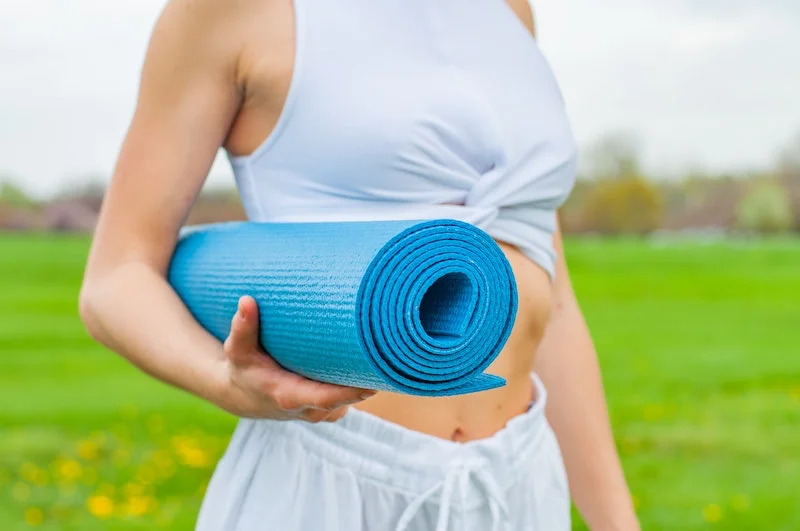
The ‘Why’ Behind the Workout
To really get the difference, you have to understand where these practices come from. Their founding principles literally define every single movement you’ll do on the mat. One was born from a need for intense physical rehabilitation, while the other grew from ancient spiritual traditions.
Pilates: The Art of Absolute Control
Pilates was developed over a century ago by a physical trainer who was obsessed with creating the “perfectly balanced” body. He originally called his method “Contrology,” and that name says it all. At its heart, Pilates is the science of using your mind to precisely control your muscles.
The entire system was built to help people, including injured soldiers, rebuild deep muscle tissue. The designers even rigged springs to hospital beds to create resistance, which eventually led to the most famous piece of Pilates equipment: the Reformer. Later, professional dancers embraced the method to build incredible strength without creating bulky muscles. This history is key—it tells you that Pilates is, first and foremost, a system of physical conditioning designed for deep structural correction and stability.
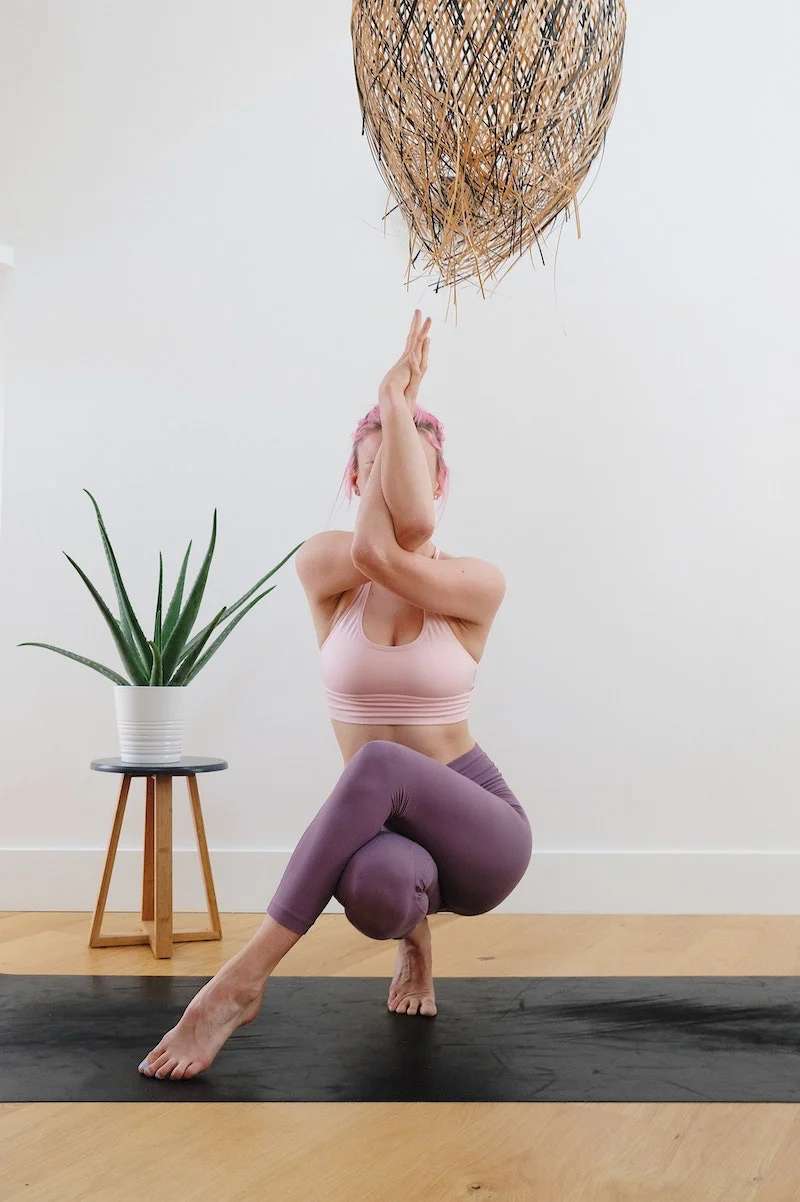
The main focus is on what we call the “powerhouse,” or your core. And I don’t just mean your six-pack abs. We’re talking about a three-dimensional girdle of strength: your deepest abdominal wall, your pelvic floor, the tiny muscles along your spine, and your diaphragm. When I teach, I describe it as building a strong internal cylinder that supports your spine, letting your arms and legs move with freedom and power. It’s all about precision. I remember when I first started my own comprehensive training. I thought I was strong from yoga, but I was humbled. My instructor would say, “Don’t let your spine move. Not one millimeter.” That’s the soul of Pilates.
Yoga: A Practice of Mind-Body Connection
Yoga’s roots stretch back thousands of years. It’s a massive spiritual and philosophical system, and the physical postures (called asanas) are just one piece of the puzzle. The word “yoga” itself means “to unite.” The ultimate, traditional goal is the union of the self with something greater—a big concept that trickles down into every class you take.
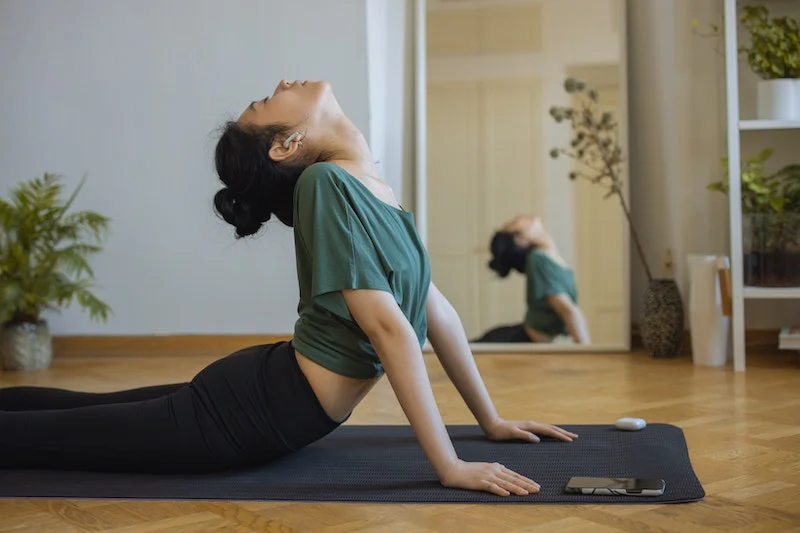
While Pilates hones in on the musculoskeletal system, yoga places a huge emphasis on the nervous system. Your breath is the remote control. In many classes, you’ll learn a specific breathing technique that involves a slight constriction in the back of your throat, creating an audible, ocean-like sound. This does two things: it paces your movement and, more importantly, it stimulates the vagus nerve. This is a direct line to your body’s “rest and digest” system. By controlling your breath, you can literally calm your body’s stress response. It’s why people feel such a profound sense of peace after a class; it’s an actual physiological shift.
I’ll be honest, I first came to yoga for the workout, but I stayed for the mental clarity. In my early days, I was all about nailing a perfect handstand. Now, I understand the real practice happens when you lose your balance in Tree Pose. Do you get frustrated? Or do you take a breath, smile, and just begin again? That’s yoga.
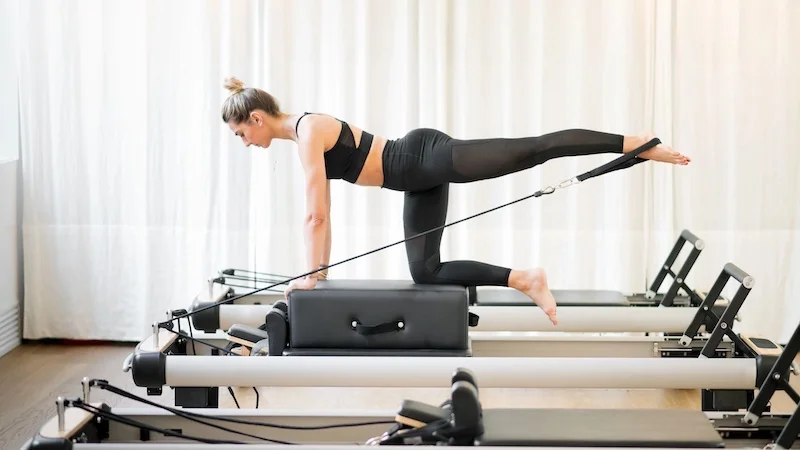
Let’s Get Practical: What to Expect (and What to Bring!)
Okay, theory is great, but what happens when you actually show up? Here’s the rundown on the logistics most people worry about.
What to Wear & Bring
This is a common source of anxiety, but it’s simple!
- For Pilates: You’ll want to wear form-fitting clothes. This isn’t about showing off; it’s so the instructor can see your alignment and make sure you’re engaging the right muscles. Think leggings and a fitted top. Bare feet or grippy socks are standard.
- For Yoga: Comfort and stretch are key. Anything you can move freely in works. Leggings, yoga pants, or even athletic shorts and a comfortable t-shirt are perfect.
- The Mat Situation: Most studios rent mats for about $2-$5 per class. But for hygiene and consistency, I really recommend buying your own. A good starter yoga mat can run anywhere from $20 to $80. For at-home Pilates, you’ll want a thicker, more cushioned mat, which might be closer to $40-$90, to protect your spine.
Quick tip: Always bring a water bottle. And for yoga, some people like to have a small towel. That’s it! Your beginner’s shopping list is pretty short: a mat and maybe a couple of foam blocks ($15 for a pair) if you’re getting into yoga.
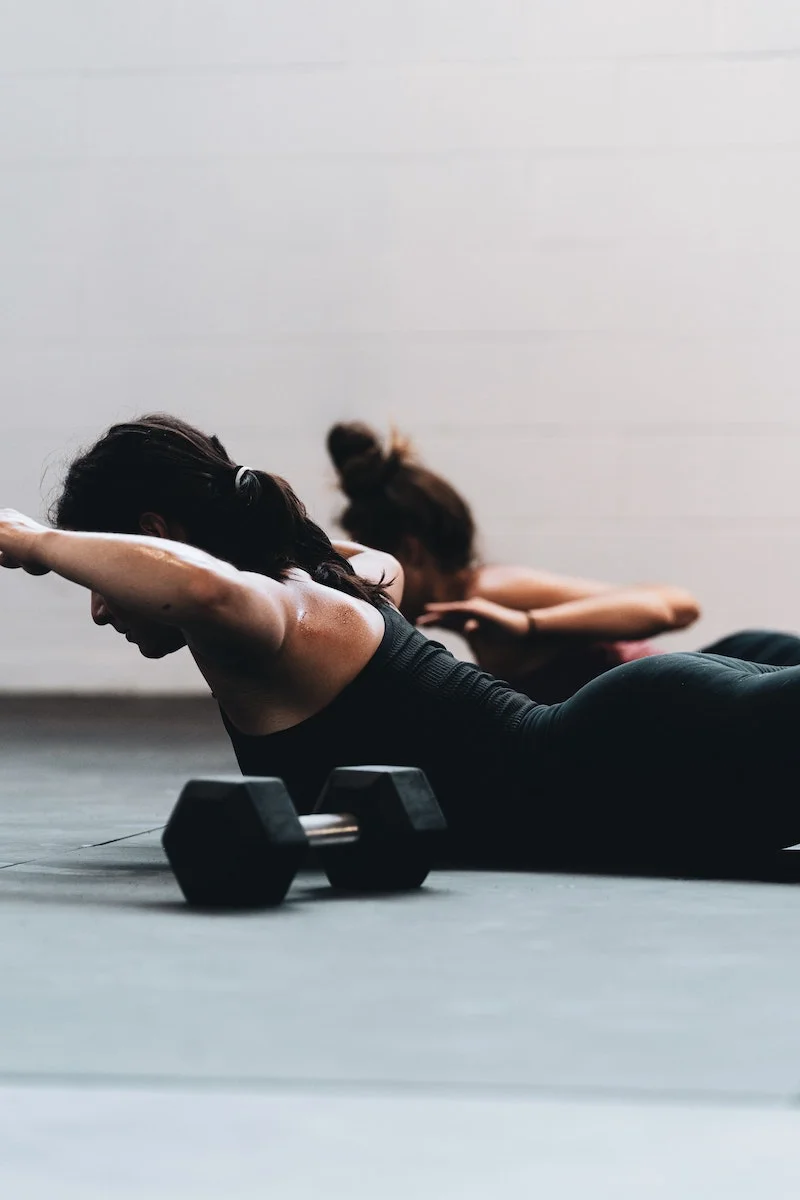
At-Home vs. In-Studio
Can you just do this on YouTube? Yes and no. Online platforms like Glo, Alo Moves, or Pilates Anytime are fantastic resources. But for a true beginner, nothing beats an in-person class.
An instructor provides two things you can’t get from a screen: personalized feedback on your form and safety. A tiny, hands-on adjustment can be a game-changer, helping you finally “feel” the right muscle working. This is especially crucial if you have any injuries or back pain.
A Peek Inside the Class
The vibe and structure of the class itself will be very different.
A Typical Pilates Session
Pilates is usually taught on a mat or on specialized equipment.
A mat class uses your own body weight for a surprisingly tough workout. A classic exercise is “The Hundred,” where you hold a curled-up position and pump your arms while doing a specific breathing pattern. It sounds easy, but keeping your torso perfectly still is the real challenge. The instructor will give very precise cues, like “Imagine a magnet pulling your navel to your spine.”
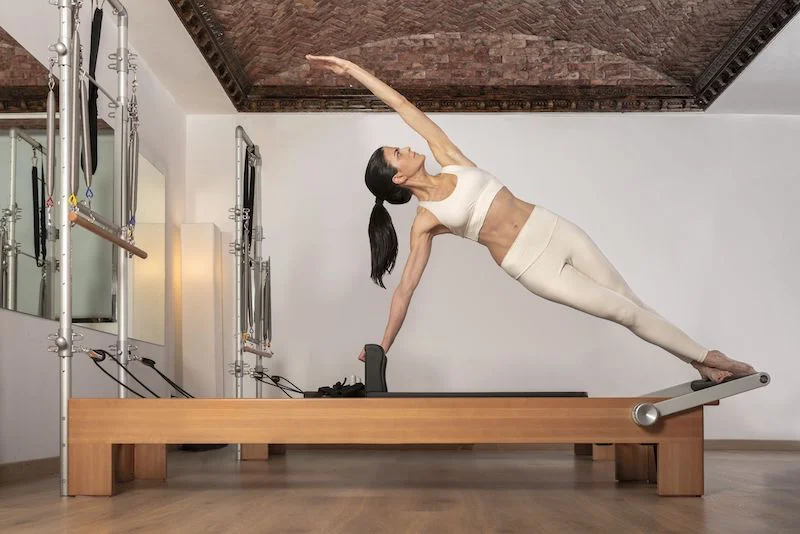
An equipment class uses machines like the Reformer or Cadillac. These use springs to create resistance, and here’s a detail most people miss: the springs can either resist your movement to build strength or assist it to help you find proper alignment. A private session on the equipment is amazing for learning the ropes or for targeted rehab work.
A Typical Yoga Class
“Yoga class” is a broad term. You’ll usually see a few common styles:
- Hatha: This is a great starting point. The pace is slower, and you’ll hold each pose for several breaths, giving you time to learn the alignment.
- Vinyasa: This is the most popular “flow” style. You link poses together, moving from one to the next with your breath. It feels like a moving meditation where you can get out of your head.
- Alignment-Based Yoga: Some styles have an intense focus on precise structural alignment. Poses are often held for a long time, and you’ll use lots of props like blocks, straps, and blankets. A quick note on props: they aren’t a crutch! Using a block is a smart way to bring the floor to you, ensuring you get the full benefit of a pose without compromising your form.
Heads up on Hot Yoga: Practicing in a super-heated room (think 95-105°F) can make you feel more flexible than you actually are, which can lead to overstretching and injury. If you’re a beginner, I’d suggest starting with a non-heated class to learn the fundamentals safely.
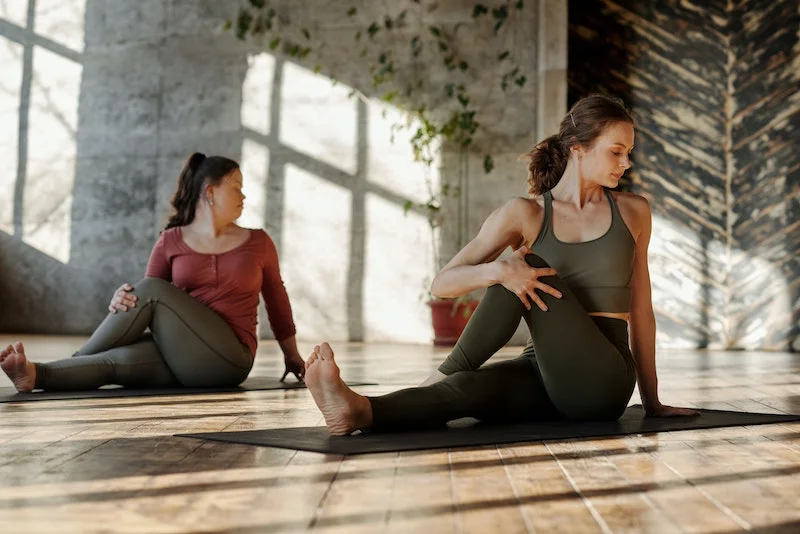
Feel the Difference: A Quick Challenge
Still not sure? Try this right now. It’ll take two minutes.
1. The Pilates Pelvic Curl: Lie on your back with your knees bent and feet flat. Inhale to prepare. As you exhale, focus on pulling your navel in and slowly peeling your spine off the floor, one single vertebra at a time, until you’re resting on your shoulder blades. Inhale at the top, and exhale to slowly roll back down with the same one-bone-at-a-time control. Do this a few times. Feel that deep, controlled abdominal work?
2. The Yoga Cat-Cow: Get on your hands and knees. As you inhale, drop your belly, lift your chest and tailbone, and look forward (Cow Pose). As you exhale, round your spine, tuck your chin and tailbone, and press the floor away (Cat Pose). Flow back and forth with your breath for a minute. Feel how the movement is linked to your breath, creating a rhythm?
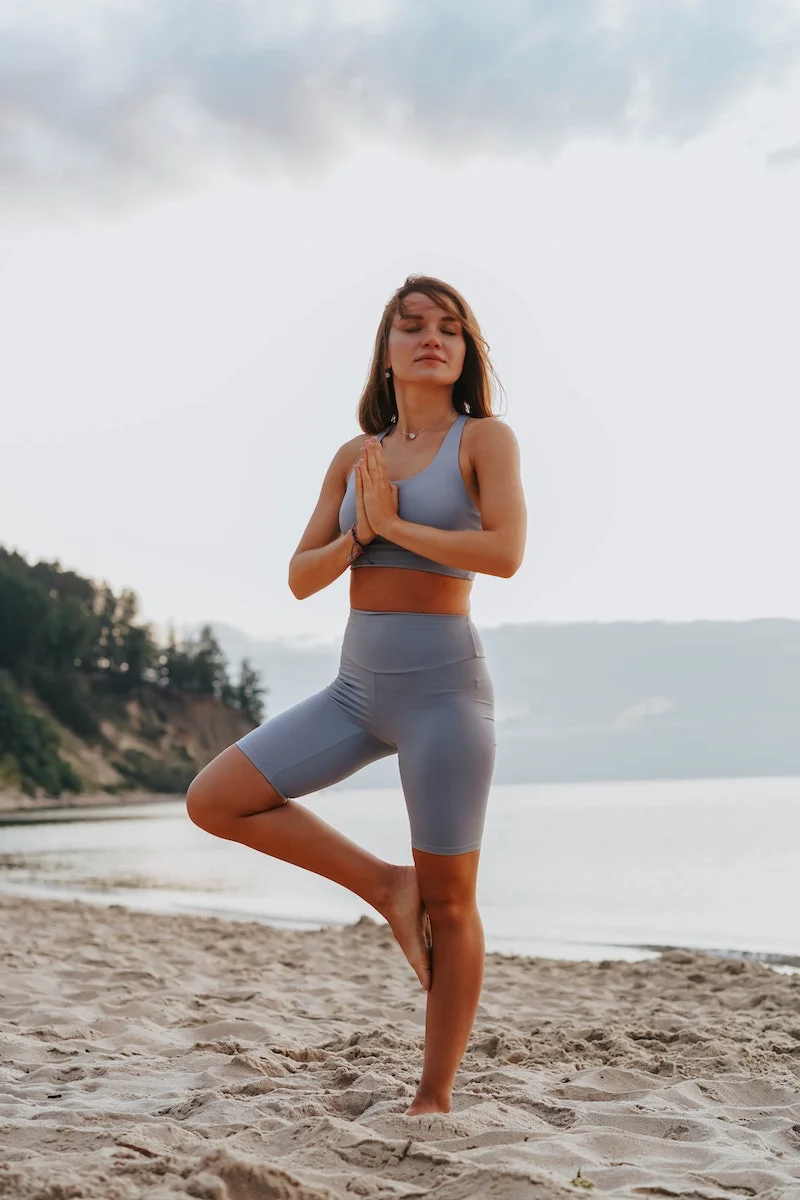
Which one felt more intuitive? That’s a great clue.
The Money and Time Question
Let’s talk budget and schedule, because that’s real life.
How Much Will This Cost?
Prices vary by location, but here’s a general idea:
- Group Classes: A drop-in group yoga or mat Pilates class usually costs between $20 and $35.
- Private Sessions: This is more of an investment. A one-on-one session, especially on Pilates equipment, will likely be $75 to $150. It’s pricey, but for injury rehab or to master the fundamentals, a few sessions can be worth their weight in gold.
- Online Subscriptions: Platforms like the ones mentioned earlier typically cost $20 to $30 per month for unlimited access.
What’s the Time Commitment?
To see and feel real changes—less back pain, better posture, more strength—consistency is everything. I recommend aiming for 2-3 classes per week when you’re starting out. You might feel less stressed after your very first yoga class, but deep structural changes take time. Give it a solid 2-3 months of consistent practice, and you’ll be amazed at the difference.
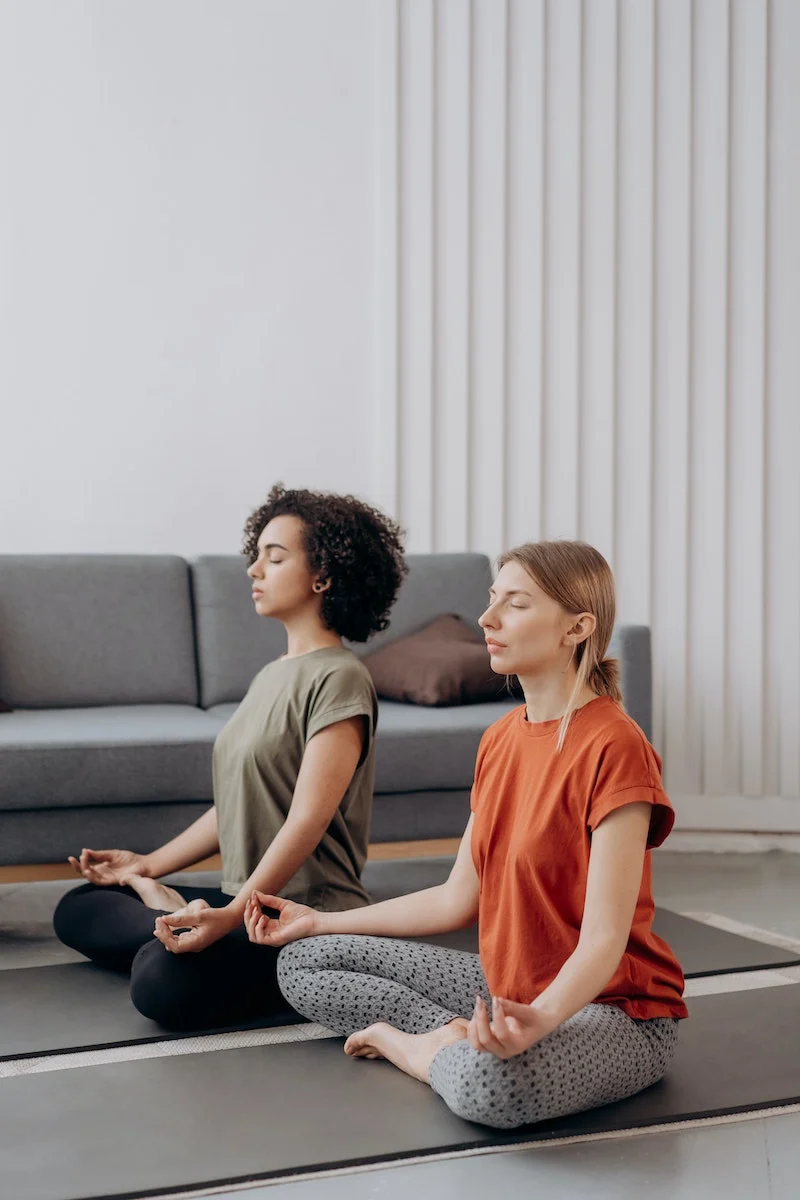
So, Which Is for You? Matching the Practice to Your Goals
Let’s land the plane. Here’s who I typically recommend for each practice.
For Cross-Training Athletes…
I lean toward Pilates. The intense core work translates directly to more power and efficiency in sports like running, golf, and cycling. It’s a secret weapon for building functional strength and preventing injuries. Yoga is also great for flexibility and mental focus, but for pure performance enhancement, Pilates has the edge.
For Injury Rehabilitation…
Pilates, without a doubt, especially on the equipment. It was designed for this. It’s brilliant for retraining faulty movement patterns and stabilizing the spine. Disclaimer: For any serious injury, talk to your doctor first and find an instructor with specific post-rehab training. Don’t just walk into a random group class.
For Pre & Postnatal Women…
Honestly? Both! Prenatal Pilates is incredible for maintaining pelvic floor and core strength. Prenatal yoga is wonderful for gentle stretching, community, and breathwork for labor. Just make sure the instructor is certified in prenatal fitness, as there are specific modifications you’ll need to make.
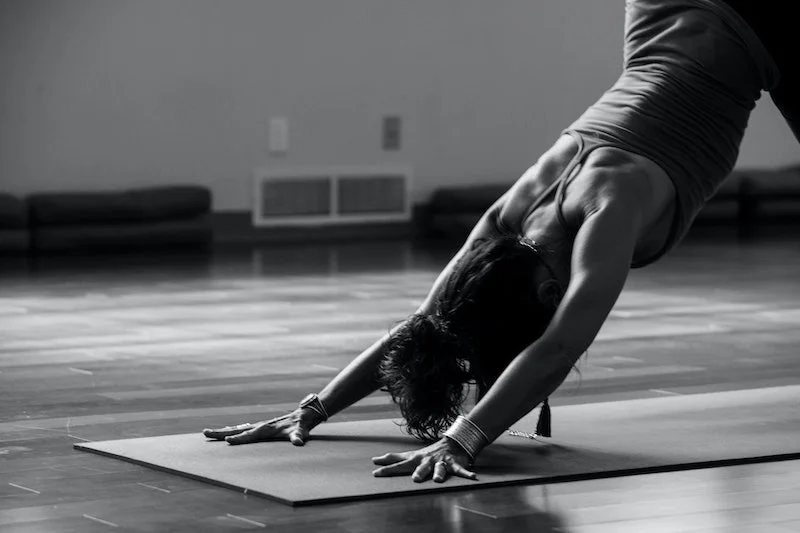
For Serious Stress Reduction…
Yoga is the clear winner here. The intentional focus on breath, mindfulness, and calming your nervous system is a powerful antidote to a busy life. While the focus in Pilates can feel meditative, its primary goal is physical. For unwinding your mind, yoga is the direct path.
Finding a Teacher Who Clicks
The practice is only as good as the person leading it. A great teacher is everything.
Look for solid credentials. For yoga, a teacher registered with Yoga Alliance (RYT-200 or RYT-500) is a good sign. For Pilates, look for a comprehensive certification from a well-known school. You can even check directories on the Yoga Alliance or Pilates Method Alliance websites.
But beyond that, trust your gut. Ask if you can observe a class. Does the instructor offer options for different levels? Do you feel welcomed and safe? If a teacher ever makes you feel pushed too far or dismisses your questions, walk away. That’s not the place for you.
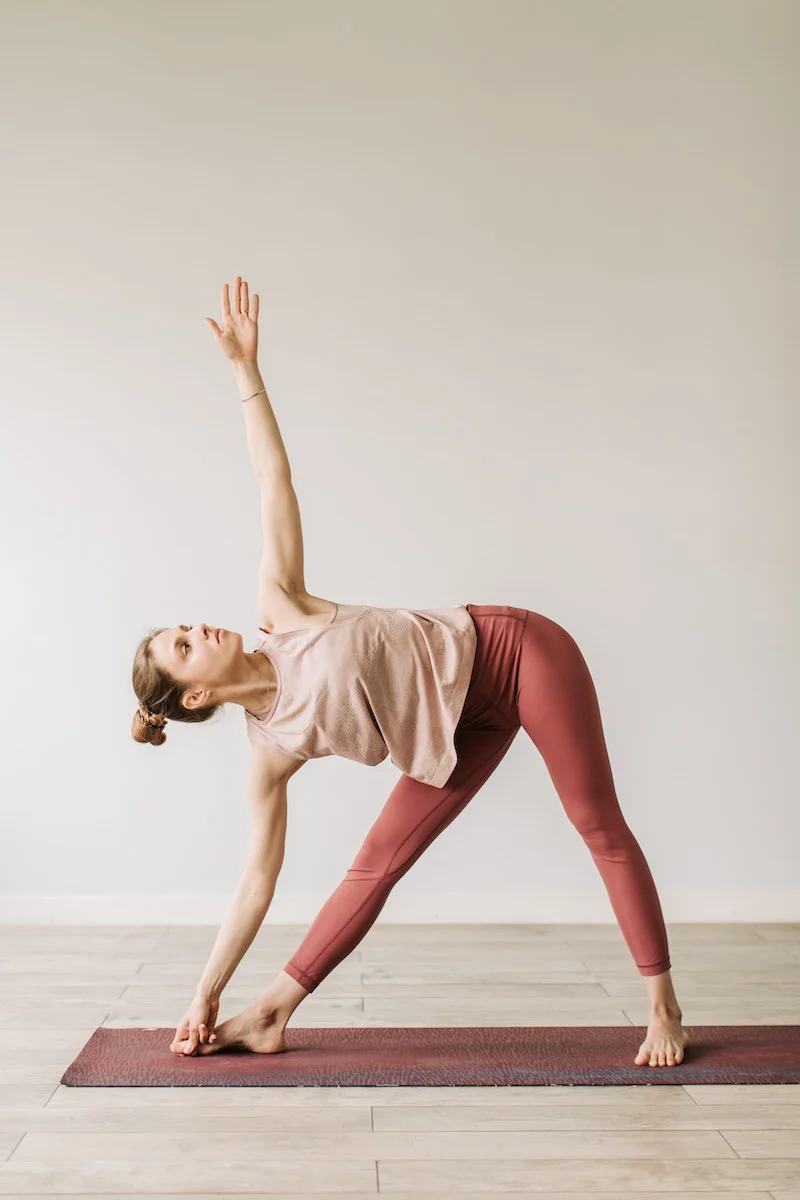
My Final Thought
After all these years, I still practice both. I turn to Pilates when I feel like I need to plug back into my deep core strength. I turn to yoga when my mind is racing and my body needs to open up.
If you’re still on the fence, the best advice is simple: try a beginner’s class in both. See how you feel. One will likely just… click. There’s no wrong choice, only the choice that’s right for you, right now. Your body is the wisest teacher you’ll ever have. Just listen to it.










